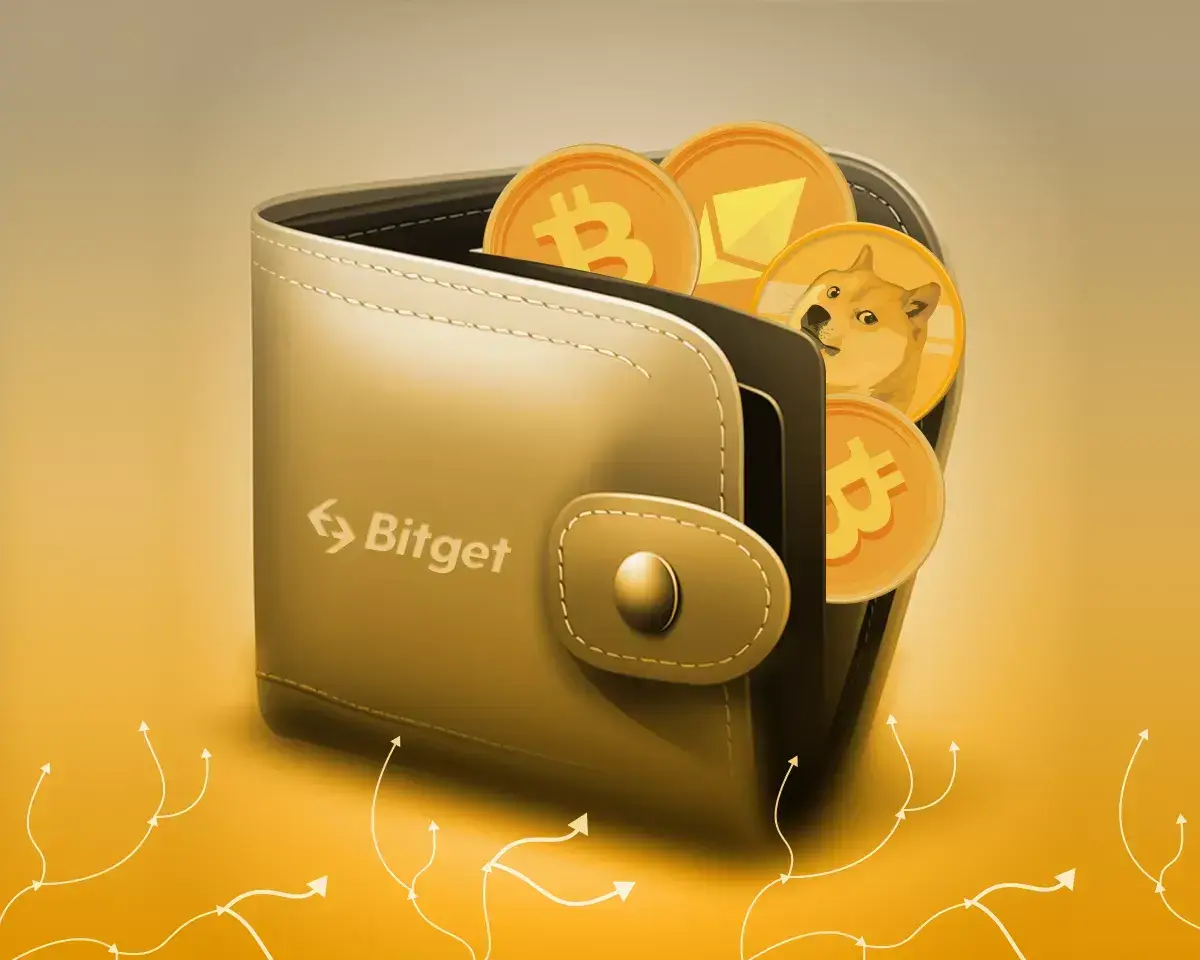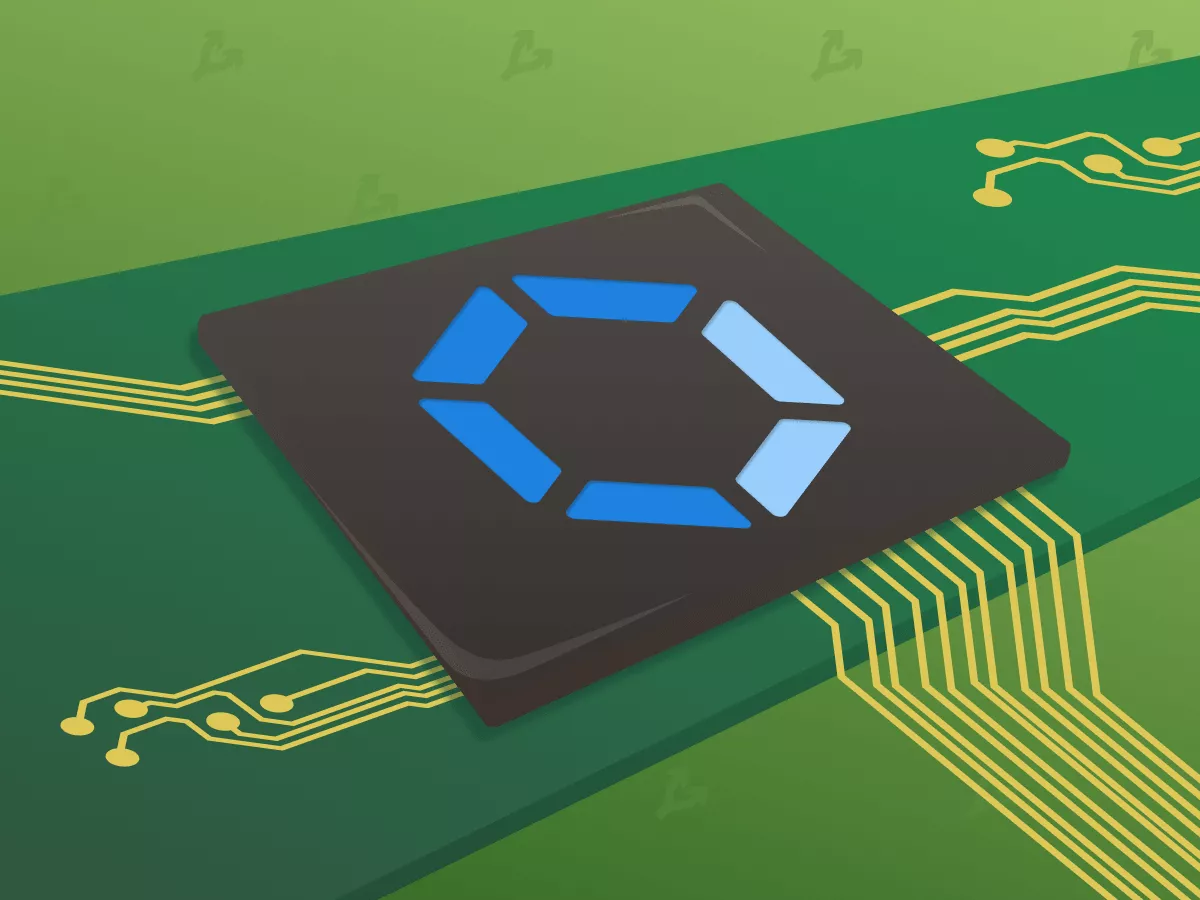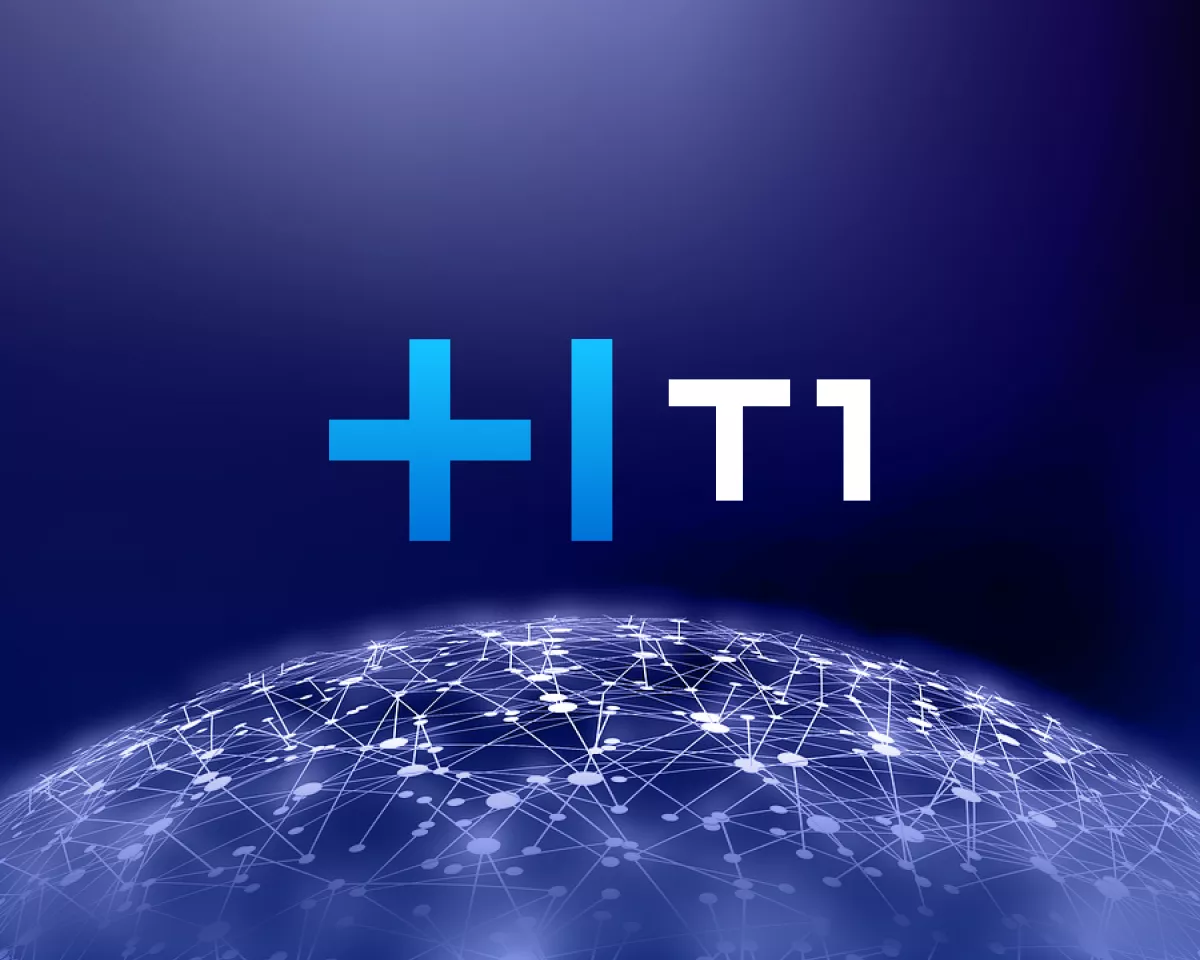Summary Bitcoin's value proposition is as strong as ever, but beware of middlemen and copycat investments like Dogecoin and MicroStrategy. Bitcoin's price surge is driven by reduced supply, increased demand, plus potential government adoption, giving it continued long-term upside. Dogecoin's recent rise is speculative and driven by memes and internet buzz about Elon Musk, but its fundamentals don't match Bitcoin's for stability and value. MicroStrategy's stock is overvalued due to irrational investor behavior–it's far wiser to invest directly in Bitcoin through ETFs like IBIT. A friend of mine put some Bitcoin ( BTC-USD ) on a hard drive sometime in the 2010s. He soon forgot the password, but Bitcoin skyrocketed in price, turning a few-thousand-dollar hobby investment into lost treasure. He called me late last week with ecstatic news– the long-lost password came to him in a dream. Suddenly, he had found the keys to $200,000 in lost crypto. These crazy ups and downs are hardly unique to the crypto world. This same friend (and others) took heavy losses to fraud at FTX and Celsius. Another happily traded his crypto for a house. Some acquaintances got money and blew it all in Miami at E11even, Club Space, and rented yachts. Other crypto people who I've met had stories that simply didn't add up, and I figured that they'd someday be minor characters in government indictments (later, they were, though I would have no idea how deeply the webs would be tangled). Bitcoin was intended for people who wanted to store value outside the traditional banking system, but the first thing the crypto world did after it started to gain popularity was essentially make an unregulated banking-type system. That broke rule #1, and many of the shady people marketing crypto immediately started doing what they do. But it wasn't Bitcoin's fault. Bitcoin is not the same thing as the crypto world. If the premise of Bitcoin is that inflation is a tax on savings and that government banking systems are simply designed to make the rich richer, then Bitcoin has a ton of value. The only thing standing in between that value, and you are the middlemen in between. You can see on the graph here how Bitcoin has gone parabolic over the past few years. But not if you invested it with Sam Bankman-Fried. Bitcoin has been my best investment, and I've been able to realize it because I believe in BTC's future, but I'm healthily skeptical of middlemen and was willing to quickly pull money away from trouble. I think that there's a lot to believe in with Bitcoin, but I'm seeing a couple of potential traps with how people are currently investing their money. More on these later. Data by YCharts Why Is Bitcoin Up? I would argue that Bitcoin is up mainly because it's delivering on its original value proposition. BTC is doing exactly what it was designed to do, with inflation now well under the rate of the US dollar and other major currencies. Even gold has some inflation caused by new supply being mined out of the earth, and Bitcoin's new supply is now below gold's historical inflation of 1-2% annually as well. With Trump winning the US presidential election and key proponents of crypto in positions of power, it's not inconceivable that the US Treasury could start to own some Bitcoin as well (for example, they've talked about holding the Bitcoin they seize from criminals rather than selling it). Another idea could be for the government to mine Bitcoin with excess solar or hydroelectric electricity that would otherwise be wasted. It sounds kind of crazy, but the US government has about $350 billion in gold at Ft. Knox, so there is some precedent. I don't know to what extent this will happen, but investors are certainly excited about a crypto-friendly administration coming in. El Salvador president Nayib Bukele was mocked by the media for investing some of his country's money in Bitcoin, but he's sitting on a healthy profit now. Supply is down this year, demand is up, and the price of BTC is following. The supply side is pretty easy to figure out– Bitcoin had a halving event earlier this year that reduced inflation by 1/2 to roughly 0.8% per year . On the demand side, Bitcoin ETFs being approved earlier this year led to increased adoption and acceptance of Bitcoin as an asset class. And now you have increased interest from sovereign buyers, as the US government discussions and El Salvador's continued buying. In economics, there's a saying that the cure for high prices is high prices. For example, when the price of silver shoots up, people see the ads on TV and dig through their houses to find their old silverware, jewelry, etc., and sell it back into the market. And when the price of gold or silver rises, there's more incentive to mine. There's no way to increase Bitcoin mining, so the question for Bitcoin here is, will a higher price incentivize existing holders to sell? Higher prices always incentivize some people to sell– I wrote above that a friend bought a house and some acquaintances blew their crypto riches. But higher prices can also cause some FOMO. I think it's impossible to make highly accurate predictions on short-term price movement, but Bitcoin and other assets tend to have momentum, meaning that they tend to keep going up when they're rising and vice versa. Dollar-cost averaging on the way in and out is my best recommendation for investors looking to move in or out of crypto. Bitcoin Copycat #1: Dogecoin There is only one Bitcoin. However, there are something like 20,000 cryptocurrencies in existence. Some of them are redundant, some of them are scams, and well over 99% of them are useless. Dogecoin ( DOGE-USD ) is kind of a unique case as it was originally created as a joke but immediately got flooded with buyers. Dogecoin is surging again because of its proximity to Tesla ( TSLA ) founder Elon Musk. Musk likes jokes and frequently has tweeted about Dogecoin. Most recently, Elon Musk and Vivek Ramaswamy were appointed by Donald Trump to the newly created Department of Government Efficiency, to which someone cleverly attached the backronym of DOGE. When people found out about this, the internet went wild, and a new speculative frenzy in DOGE began. Dogecoin has more than doubled in price in the last 3 weeks, and you can buy it with the click of a couple of buttons on Robinhood ( HOOD ). If you think it's funny, and you want to put some money into it, feel free. But the last time people piled into DOGE was in 2021 before Elon went on Saturday Night Live, and as usual, retail investor interest peaked near the top. I wrote a piece on Dogecoin at the time that surprisingly became one of my most-read articles on Seeking Alpha. In the piece, I demonstrated that the biggest winners in most speculative bubbles are stock brokerages and the IRS , while market participants are playing a negative-sum game on an after-tax basis. Dogecoin never quite hit $1 like the TikTok prophets said it would, but hope springs eternal this time around. I assume most of the early holders cashed out– I mean, why wouldn't you trade a bunch of Dogecoin for a house if you could? Dogecoin's fundamentals don't match up with Bitcoin. The rate of inflation in Doge is currently around 3.5%, which is significantly higher than Bitcoin's rate of less than 1%. Moreover, transaction costs are significantly higher for DOGE than for Bitcoin, which can be easily traded with the iShares Bitcoin Trust ETF ( IBIT ). Trade DOGE for your entertainment, and if it brings you joy, then feel free. But even though Robinhood puts them side by side, Dogecoin is not in the same ballpark as Bitcoin. Buy Bitcoin if you want to buy crypto and simply ignore the frenzy in Doge. Bitcoin Copycat #2: MicroStrategy MicroStrategy Incorporated ( MSTR ) is probably the clearest current example of a Bitcoin copycat. For those of you who don't know, MicroStrategy is a software company that went public during the dot-com boom in 1998. MicroStrategy gained fame for skyrocketing during the dot-com boom, and later gained infamy for crashing after being forced to massively restate its previous years' earnings in 2000. Unlike many dot-com businesses, MicroStrategy managed to stay in business, and in the 2010s the company was turning modest profits . The business started to sour later in the decade, and the company took the unusual step of investing its corporate reserves into Bitcoin in 2020. The timing was great, and Bitcoin started to ramp up later in 2020 into 2021, and MSTR ended up buying a lot more BTC after. While it's unusual, there's nothing necessarily wrong with investing corporate money in Bitcoin. MicroStrategy even borrowed money to buy more crypto, and while this is pretty risky, I've seen much crazier things for small companies to do to try to bail out their business. However, over time, MSTR has become somewhat of a crypto closed-end fund of sorts, with their Bitcoin pile hitting an estimated $26 billion. However, if you look at MicroStrategy's market cap, it's ballooned to nearly $75 billion. Their core business loses money, and they're essentially a Bitcoin hedge fund at this point, though they market themselves as an AI business. Investors buying this are betting on financial alchemy. You can't turn lead into gold, and simply buying Bitcoin shouldn't increase your company's market cap by multiples of the amount of Bitcoin you amass. MicroStrategy founder Michael Saylor and his lieutenants are not dumb– far from it. However, I believe their interests are not aligned with the retail investors who are piling into MSTR, and the transfer of wealth is going to flow from the retail investors to the company over time. We're talking about potentially seeing a $40+ billion wealth transfer that could happen here in the next 12-24 months from retail investors in MSTR and MSTR itself. Financial markets create these sorts of products because there's money to be made. Heck, in South Korea they're even planning a triple leveraged Berkshire Hathaway fund . You have to know how to do some serious due diligence to invest in this sort of stuff, though. Data by YCharts Here you can see that while Bitcoin is up 146% over the last year, MSTR is up 600%. That's not rational, considering MSTR's only real moneymaker is investing in Bitcoin. On a back-of-the-envelope calculation, for every dollar you put into MSTR, you're getting less than 35 cents in NAV. Put another way, the fair value of MSTR is roughly $127 per share. The underlying value of MSTR has risen as investors pile money into the stock and the company issues shares on the open market at crazy high prices. Eventually, these two numbers will converge. However, it's not likely to be favorable for retail investors in MSTR. You can buy IBIT and get 100 cents of Bitcoin for each dollar you invest, and fees of somewhere in the neighborhood of 0.15% annually. Or you can buy MSTR and get less than 35 cents of value for each dollar you buy. This is a bubble that is all but guaranteed to burst. Bitcoin is going to outperform MSTR, and that's why MSTR is selling its stock to the public and buying Bitcoin with it. It's genius for them, but not so much for everyone piling in. The Grayscale Bitcoin Trust (GBTC) illustrates how these types of market inefficiencies can work. Data by YCharts At first, GBTC traded for huge premiums to NAV. There was a game here. Institutional investors could buy GBTC at fair market value, hold for 6 months, and then sell to the public for 1.5 to 2x the value of the actual Bitcoin because there was so much demand. When people started to figure out that they were buying into a closed-end fund with high fees and no way out, the fund traded for a discount. That's when I started buying, knowing that they intended to convert the fund to an ETF to unlock the frozen value. A legal battle with the SEC ensued, but Grayscale won in the end, and it ended up being a great trade and outperforming Bitcoin itself. The discount eventually equalized. Today, MSTR trades for a higher premium to NAV than GBTC ever did, and most of the premium has appeared in a matter of weeks. Moreover, the company is actively unloading as much as $21 billion in stock at a premium to try to capture as much of this spread as possible. If you own MSTR, you should run, not walk to the exit. Simply sell and move your money into IBIT, and you avoid this whole accident waiting to happen. Bottom Line While I continue to be a long-term believer in Bitcoin, glaring market inefficiencies in copycat products underscore just how much misinformation and craziness there is in the crypto market. If you want to buy Bitcoin, I recommend dollar-cost averaging into IBIT and avoiding the swamp of crazy crypto products and funds out there.
















